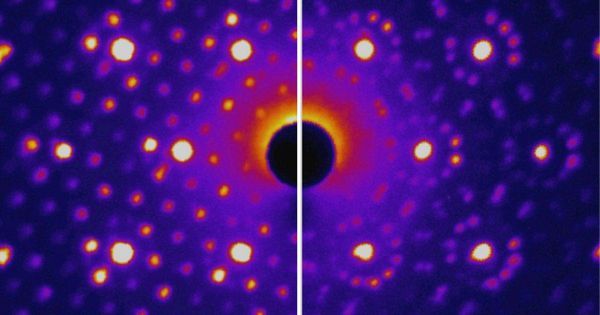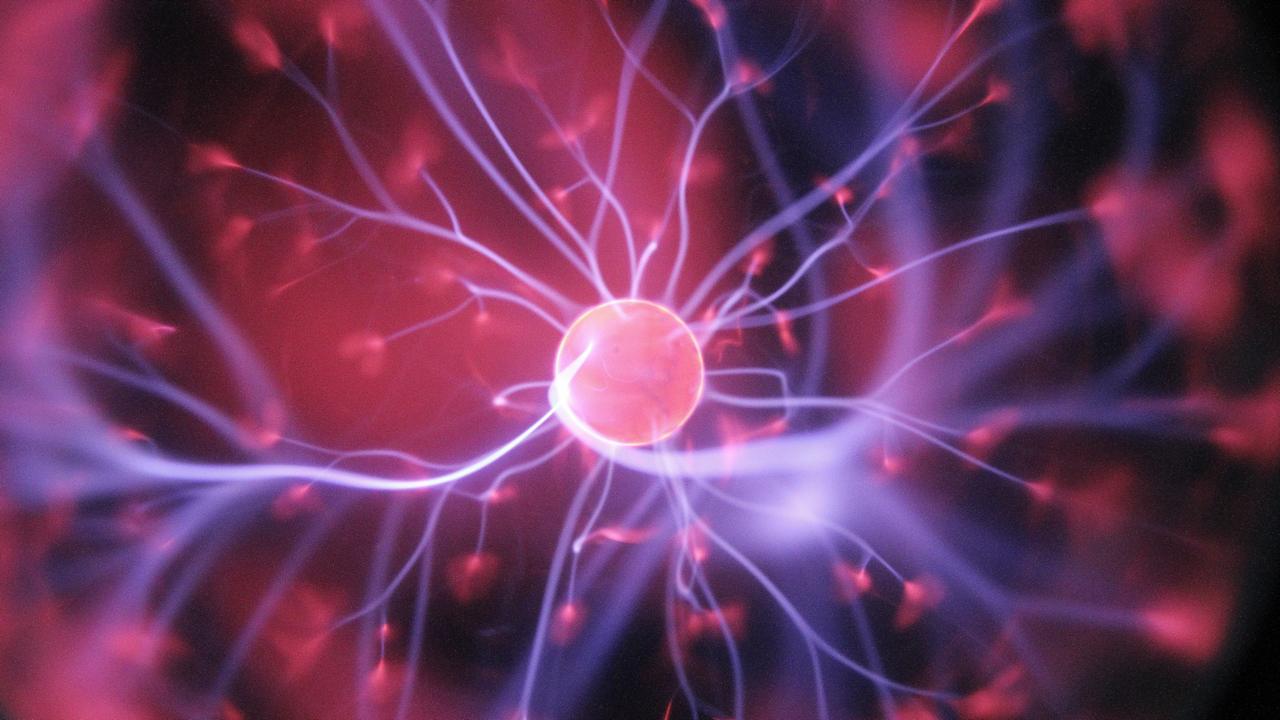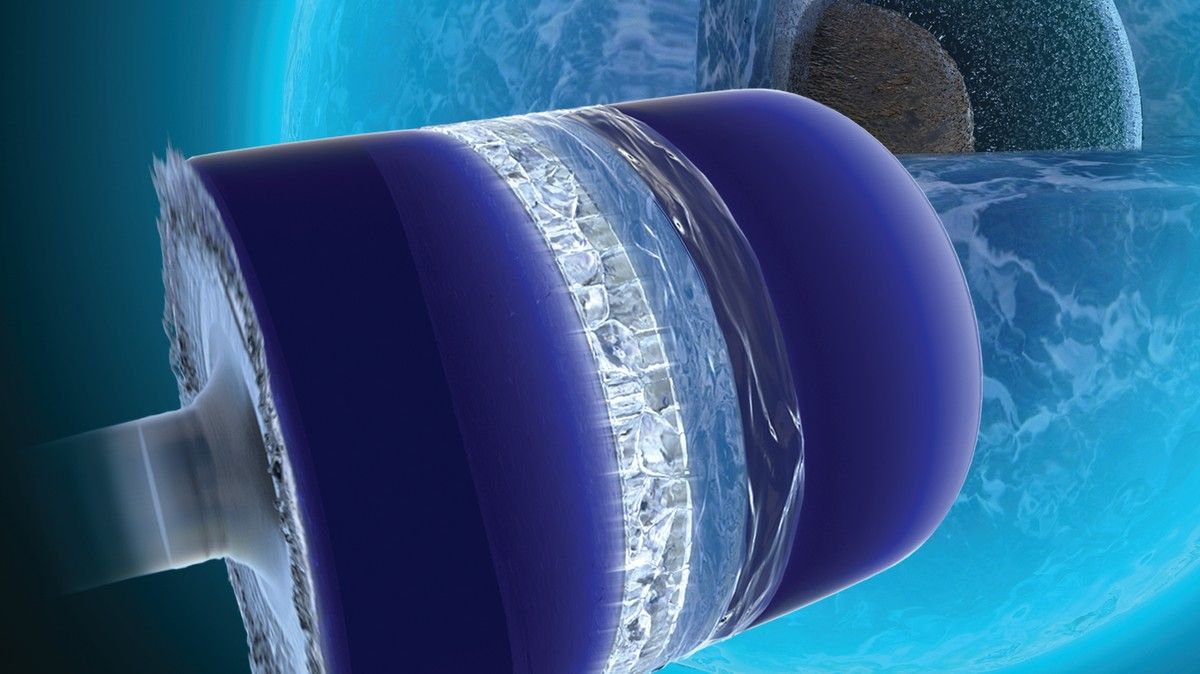Page 9
Oct 28, 2018
Brain’s ‘gatekeeper’ decides which details need attention
Posted by Genevieve Klien in category: neuroscience
Neuroscientists know a lot about how our brains learn new things, but not much about how they choose what to focus on while they learn. Now, researchers have traced that ability to an unexpected place in the brain.
In order to learn about the world, an animal needs to do more than just pay attention to its surroundings. It also needs to learn which sights, sounds, and sensations in its environment are the most important and monitor how the importance of those details change over time. Yet how humans and other animals track those details has remained a mystery.
Scientists think they’ve figured out how animals sort through the details. A part of the brain called the paraventricular thalamus, or PVT, serves as a kind of gatekeeper, making sure that the brain identifies and tracks the most salient details of a situation. The findings appear in the journal Science.
Oct 28, 2018
After months searching for match, Edmonton man to receive stem cell transplant this week
Posted by Genevieve Klien in category: biotech/medical
An Edmonton man battling a rare blood cancer is scheduled to have a potentially life-saving stem cell transplant later this week.
Bille Nguyen is set to receive his transplant in Calgary on Thursday, one day after his sister Susan donates her stem cells.
Oct 28, 2018
Titanic II to set sail in 2022, following original route
Posted by Genevieve Klien in category: futurism
The Titanic is back – and it’s ready to complete the voyage its predecessor attempted over 100 years ago.
The Titanic II, a replica of the original “ship of dreams,” will be setting sail in 2022, following the same Southampton, England, to New York route the famed Titanic tried in 1912.
RITZ-CARLTON’S FIRST CRUISE SHIP ENTERS THE WATER
Continue reading “Titanic II to set sail in 2022, following original route” »
Oct 28, 2018
This 3D ‘organ on a chip’ can monitor cells in real-time to develop new treatments
Posted by Genevieve Klien in categories: biotech/medical, neuroscience
Researchers plan to use the device to develop a ‘gut on a chip’ and attach it to a ‘brain on a chip.’
Oct 28, 2018
Blue Origin will be Landing its Rockets on a Used Cargo Ship. It’ll Get Converted in Time for First Flights in 2021
Posted by Genevieve Klien in category: space travel

https://youtube.com/watch?v=BTEhohh6eYk
Blue Origin recently received a large cargo ship, which they will retool to retrieve the first stage of their reusable New Glenn rocket.
Oct 28, 2018
Physicists Discover How an Exotic Form of Ice Grows at Over 1,000 Miles Per Hour
Posted by Genevieve Klien in categories: physics, space
Physicists detail how “Ice VII” forms for the first time and what this means for life elsewhere in the galaxy.
Oct 28, 2018
Humans are about to touch the deepest corners of the ocean for the first time — an endeavor as dangerous as landing on the moon
Posted by Genevieve Klien in category: space
The Five Deeps expedition aims to explore the bottom of each of the world’s oceans. The first stop is in Puerto Rico this December.
Oct 28, 2018
Earth Is Orbited By Two Enigmatic Dust Clouds, Astronomers Have Confirmed
Posted by Genevieve Klien in category: futurism
The elusive Kordylewski dust clouds were finally spotted near the L5 Lagrange Point.
For more than half a century, scientists have debated over the existence of two puzzling celestial objects known as the Kordylewski dust clouds.
These dust clouds were first observed by Polish astronomer Kazimierz Kordylewski in 1961 and are thought to orbit our planet around the L4 and L5 Lagrange points — two of the five gravitationally stable locations found in the Earth-moon system.
Continue reading “Earth Is Orbited By Two Enigmatic Dust Clouds, Astronomers Have Confirmed” »
Oct 28, 2018
A Next-Generation Particle Accelerator
Posted by Genevieve Klien in category: biotech/medical
In early 2020, the FACET-II facility aims to open for use by scientists across the world. Plasma accelerators are compact accelerators that are more affordable. FACET-II will be the upgraded version of the current FACET facility. Where the aim of the upgrade is to get the electron beam brighter by about 100 or even 1000 times. FACET-II will be the home of experiments that will add to medical and x-ray science, and particle physics. Currently, potential users are submitting proposals for experiments they would like to carry out at FACET-II. A program advisory committee will evaluate the proposals and select the most exciting ones with the largest impact in science for the upcoming experimental runs.

















